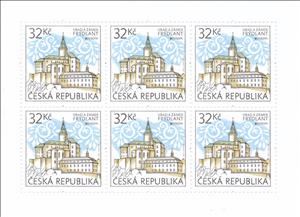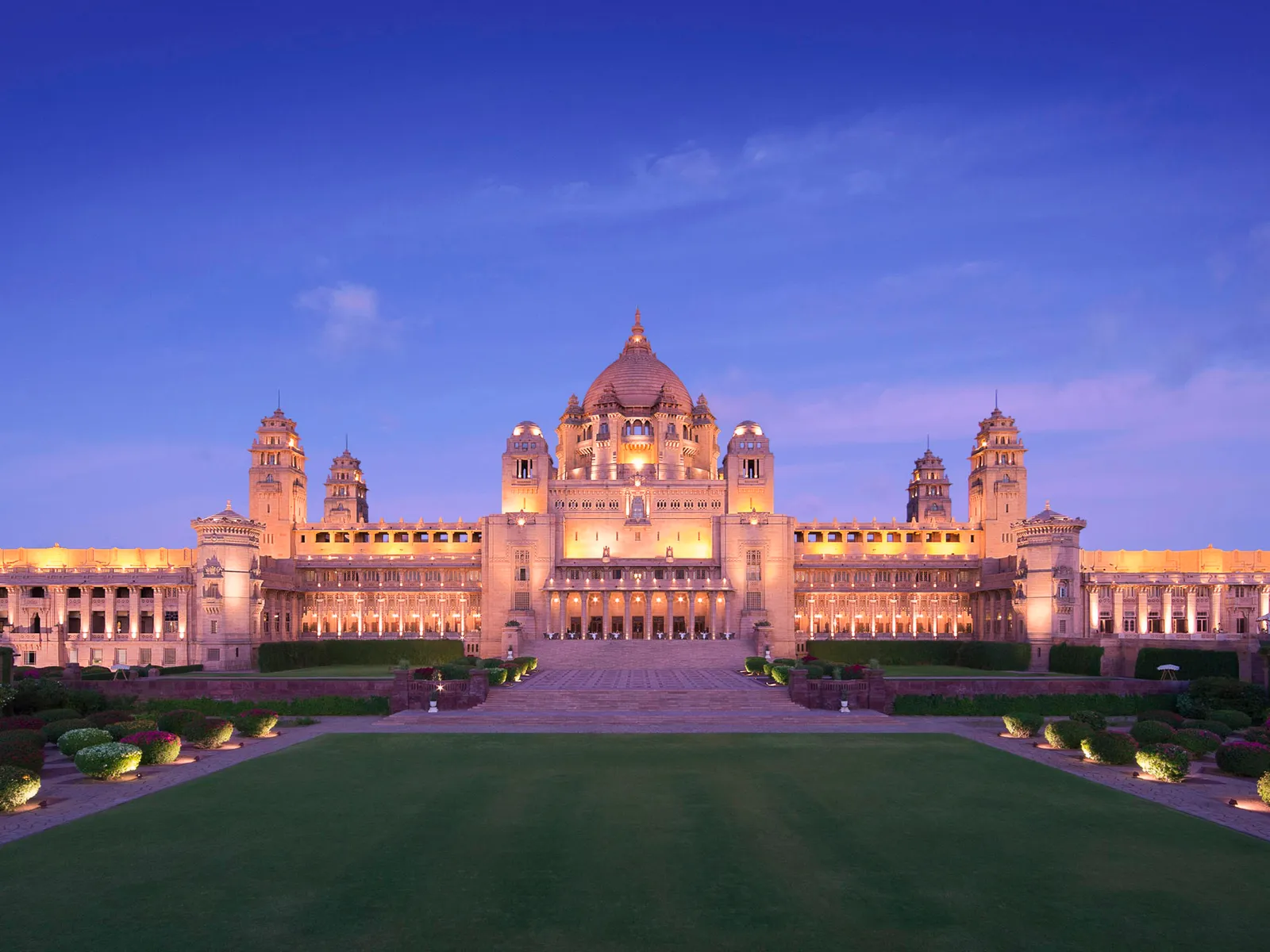Mini Sheet: EUROPA: Frýdlant Castle and Chateau (Czech Republic 2017)
EUROPA: Frýdlant Castle and Chateau (Czech Republic 2017)
03 May (Czech Republic ) within release Europa (C.E.P.T.) 2017 - Castles and Palaces goes into circulation Mini Sheet EUROPA: Frýdlant Castle and Chateau face value 6*32 Czech koruna
| Mini Sheet EUROPA: Frýdlant Castle and Chateau in catalogues | |
|---|---|
| Michel: | Mi: CZ 920KB |
| POFIS: | POF: CZ 922PL |
Mini Sheet is horizontal format.
Frýdlant Castle and Chateau ranks among the largest and most important heritage sites in northern Bohemia. It combines two architectural forms: a medieval castle and a Renaissance chateau.Also in the issue Europa (C.E.P.T.) 2017 - Castles and Palaces:
- Stamp - EUROPA: Frýdlant Castle and Chateau face value 32;
- Mini Sheet - EUROPA: Frýdlant Castle and Chateau face value 6*32;
Mini Sheet EUROPA: Frýdlant Castle and Chateau it reflects the thematic directions:
Architecture (Latin architectura, from the Greek ἀρχιτέκτων arkhitekton "architect", from ἀρχι- "chief" and τέκτων "builder") is both the process and the product of planning, designing, and constructing buildings and other physical structures. Architectural works, in the material form of buildings, are often perceived as cultural symbols and as works of art. Historical civilizations are often identified with their surviving architectural achievements.
A building or edifice is a structure with a roof and walls standing more or less permanently in one place, such as a house or factory. Buildings come in a variety of sizes, shapes and functions, and have been adapted throughout history for a wide number of factors, from building materials available, to weather conditions, to land prices, ground conditions, specific uses and aesthetic reasons. Buildings serve several needs of society – primarily as shelter from weather, security, living space, privacy, to store belongings, and to comfortably live and work. A building as a shelter represents a physical division of the human habitat (a place of comfort and safety) and the outside (a place that at times may be harsh and harmful).
A castle (from Latin: castellum) is a type of fortified structure built in Europe and the Middle East during the Middle Ages by European nobility. Scholars debate the scope of the word castle, but usually consider it to be the private fortified residence of a lord or noble. This is distinct from a palace, which is not fortified; from a fortress, which was not always a residence for nobility; and from a fortified settlement, which was a public defence – though there are many similarities among these types of construction. Usage of the term has varied over time and has been applied to structures as diverse as hill forts and country houses. Over the approximately 900 years that castles were built, they took on a great many forms with many different features, although some, such as curtain walls and arrowslits, were commonplace.
A fortification (also called a fort, fortress, fastness, or stronghold) is a military construction designed for the defense of territories in warfare, and is used to establish rule in a region during peacetime. The term is derived from Latin fortis ("strong") and facere ("to make").
A palace is a large residence, often serving as a royal residence or the home for a head of state or another high-ranking dignitary, such as a bishop or archbishop. The word is derived from the Latin name palātium, for Palatine Hill in Rome which housed the Imperial residences




